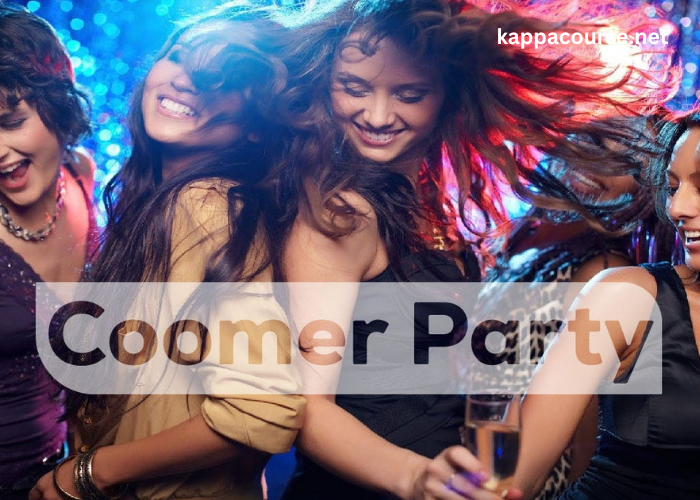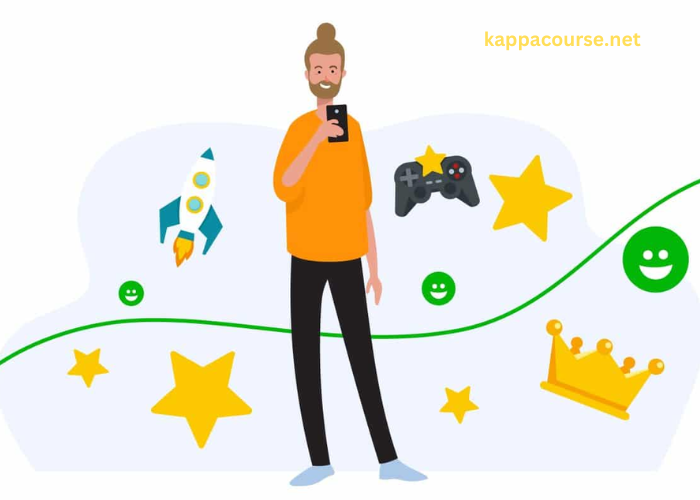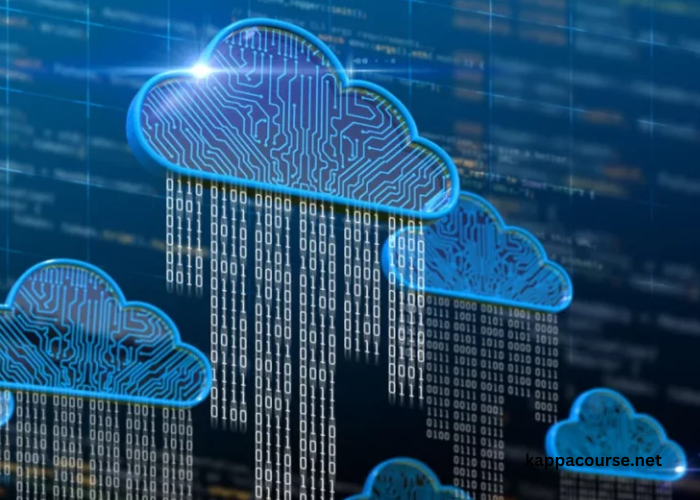In our hyperconnected world, where screens and digital devices are omnipresent, the art of distraction has taken on a whole new meaning. While the term ‘distraction’ often carries a negative connotation, it’s essential to recognize that in the digital age, distraction can also be a form of art, a means of crafting entertainment, and a powerful tool for engagement. In this article, we will explore how the art of distraction has evolved in the digital age, its impact on our lives, and how it is harnessed to create compelling entertainment experiences.
The Digital Age and the Rise of Distraction
The digital age has ushered in an era of unprecedented connectivity and access to information. With the advent of smartphones, social media, and streaming platforms, we are constantly bombarded with a never-ending stream of notifications, updates, and content. This constant barrage of information has given rise to what some call the “attention economy,” where our most valuable resource, our attention, is in high demand.
Distraction in this context often refers to the way digital technologies divert our attention from one task to another. Whether it’s checking our smartphones during a work meeting, scrolling through social media while watching TV, or switching between multiple browser tabs while working on a computer, distractions have become an integral part of our daily lives.
The Art of Distraction: Entertainment as a Distraction
One of the most significant ways in which distraction has evolved in the digital age is through entertainment. Historically, entertainment has always been a means of distraction, allowing people to escape from their everyday lives and immerse themselves in stories, music, or games. However, the digital age has amplified and diversified the ways in which entertainment distracts us.
Content Streaming: Platforms like Netflix, Amazon Prime, and Hulu have revolutionized the way we consume television and movies. With entire seasons of shows available at our fingertips, binge-watching has become a common pastime. This form of distraction immerses us in compelling narratives for hours on end, making us forget about the world outside our screens.
Social Media: Social media platforms like Facebook, Instagram, and Twitter are designed to be addictive. They offer a constant stream of updates, photos, and videos that keep us scrolling, liking, and commenting for hours. Social media is a form of entertainment that is both self-curated and socially connected, making it a powerful distraction.
Mobile Gaming: Mobile gaming has transformed casual entertainment. Games like Candy Crush, Pokémon Go, and Among Us provide quick bursts of fun that can be enjoyed anytime, anywhere. The lure of leveling up or achieving high scores keeps players engaged and distracted from their surroundings.
YouTube and Online Videos: YouTube has evolved into a vast platform for entertainment and education. From music videos to DIY tutorials, from comedy sketches to documentary-style vlogs, YouTube’s content diversity ensures that there’s something for everyone. The autoplay feature ensures that once you start watching, it’s easy to get lost in a video rabbit hole.
Virtual Reality (VR) and Augmented Reality (AR): VR and AR technologies are pushing the boundaries of entertainment and distraction. They offer immersive experiences that transport users to different worlds or overlay digital information onto the real world. These technologies have the potential to redefine how we engage with entertainment and distractions.
The Impact of Digital Distraction on Society
While digital distractions have undoubtedly transformed entertainment, they have also raised concerns about their impact on society. Excessive screen time, particularly among children and adolescents, has been linked to various issues, including reduced attention spans, decreased physical activity, and disrupted sleep patterns.
Moreover, the constant connectivity facilitated by digital devices has blurred the boundaries between work and leisure. Many people find it challenging to disconnect from work emails and messages, leading to burnout and reduced overall well-being.
Additionally, the curated nature of social media has given rise to issues like the “highlight reel” effect, where people showcase only the most positive aspects of their lives, leading to social comparison and feelings of inadequacy among users.
Despite these concerns, digital distractions and entertainment have become integral to modern life. They provide avenues for relaxation, socialization, and exploration that were previously unimaginable. However, the key lies in striking a balance between healthy engagement and overindulgence.
The Art of Crafting Compelling Digital Distraction
Entertainment creators in the digital age face a unique challenge: how to capture and hold the audience’s attention amidst a sea of distractions. Crafting compelling digital distractions requires a deep understanding of human psychology, technology, and storytelling. Here are some key principles that creators employ:
Hooking the Audience: In a world where the next distraction is just a click away, creators must grab the audience’s attention quickly. The opening moments of a movie, the first episode of a TV series, or the beginning of a video game must be captivating enough to make the audience want to continue.
Storytelling Mastery: Storytelling is at the heart of many digital distractions. Whether it’s a riveting plot in a TV show, the character development in a video game, or the emotional journey of a song, storytelling creates a connection between the audience and the content.
Interactivity: Many digital distractions, especially video games, leverage interactivity to engage the audience. Players feel agency and immersion as they make choices that affect the outcome of the story. This level of engagement keeps them invested for longer periods.
Personalization: Algorithms and data analytics play a significant role in crafting digital distractions. Platforms like Netflix and Spotify use algorithms to recommend content tailored to individual preferences, keeping users engaged by constantly offering content they are likely to enjoy.
User-Generated Content: Platforms that allow users to create and share their content, such as TikTok and YouTube, empower individuals to become creators themselves. This participatory aspect adds a new dimension to entertainment, blurring the line between creators and consumers.
Transmedia Storytelling: Creators often extend their narratives across multiple media platforms, such as books, movies, TV shows, and video games. This transmedia approach allows audiences to engage with a story in various ways, deepening their connection to the narrative world.
Incorporating VR and AR: Virtual and augmented reality technologies provide new avenues for crafting immersive digital distractions. VR can transport users to fictional worlds, while AR can enhance real-world experiences with digital overlays.
The Future of Digital Distraction and Entertainment
As technology continues to advance, the art of digital distraction and entertainment will undoubtedly evolve. Here are some trends and possibilities that may shape the future:
Virtual Reality Revolution: VR has the potential to revolutionize entertainment by providing fully immersive experiences. As the technology becomes more accessible and affordable, we can expect to see a broader range of VR content, from gaming to virtual tourism.
Artificial Intelligence and Personalization: AI algorithms will become even more sophisticated, enabling platforms to tailor content to individual preferences and even create entirely new forms of content. AI-generated music, art, and literature are already emerging.
Ethical Concerns and Regulation: As concerns about the impact of digital distractions on mental health and well-being grow, there may be increased calls for ethical guidelines and regulations governing the design and marketing of digital entertainment.
Augmented Reality in Everyday Life: AR technology is poised to become a ubiquitous part of our daily lives, with applications ranging from navigation and education to shopping and socializing. This integration of AR into daily routines will reshape how







